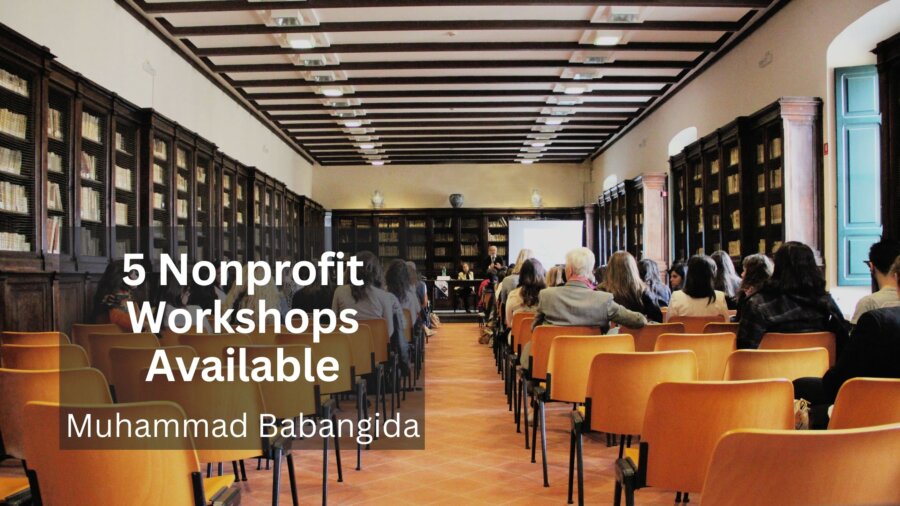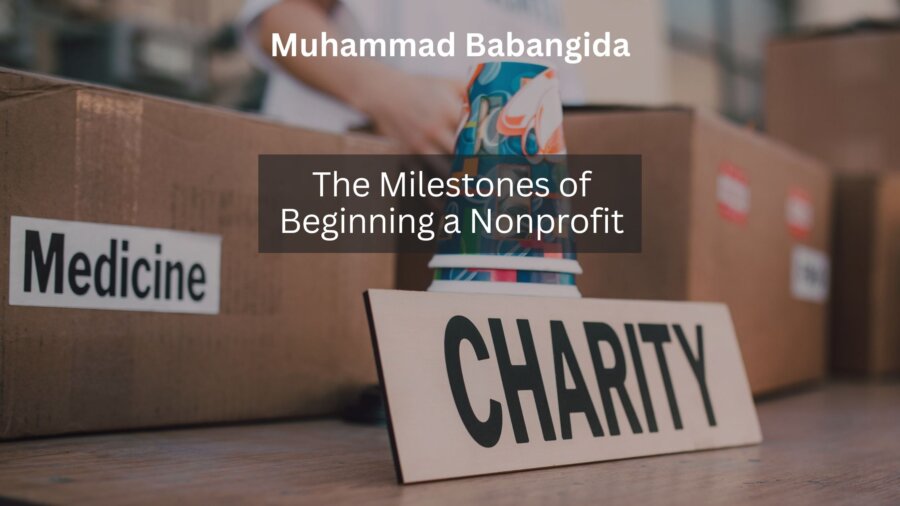The bond between humans and animals is undeniable. From playful pups to majestic elephants, these creatures enrich our lives in countless ways. But sadly, many animals face threats like habitat loss, cruelty, and neglect. If you’re looking to lend a helping paw (or fin!), here are 4 incredible charities dedicated to making a real difference in the lives of animals:
- The World Wildlife Fund (WWF): This iconic organization has been a champion for wildlife conservation for over 60 years. The WWF tackles a wide range of issues, from protecting endangered species like tigers and rhinos to safeguarding precious ecosystems like rainforests and coral reefs. With a global reach and a focus on sustainable solutions, the WWF is a powerful force for good in the animal kingdom.
- The American Society for the Prevention of Cruelty to Animals (ASPCA): A household name in animal welfare, the ASPCA fights for the well-being of animals on all fronts. From rescuing abandoned pets and advocating for better animal shelter conditions to tackling puppy mills and factory farming, the ASPCA works tirelessly to ensure animals are treated with kindness and compassion. Their efforts also extend to disaster relief, providing emergency aid and animal rescue services during natural disasters.
- The Humane Society of the United States (HSUS): Another powerhouse in animal welfare, the HSUS focuses on legislative change and public education alongside direct animal rescue efforts. They lobby for stricter animal cruelty laws, promote responsible pet ownership, and expose instances of animal abuse in factory farms and research facilities. The HSUS also works internationally, tackling issues like the global dog meat trade and the illegal wildlife trade.
- Farm Sanctuary: This unique charity provides a safe haven for rescued farmed animals – cows, pigs, chickens, and more – who have often endured a lifetime of neglect and cruelty. Farm Sanctuary offers these animals a chance to heal, live a natural life, and connect with humans in a compassionate setting. They also raise awareness about the plight of farmed animals and promote a more plant-based diet through educational programs.
These are just a few of the many amazing charities dedicated to helping animals. No matter your passion – protecting endangered species, ensuring the welfare of pets, or advocating for farmed animals – there’s a cause out there that needs your support.
Here are some ways you can get involved:
- Donate: Even a small contribution can make a big difference for a charity’s work. Consider making a one-time donation or setting up a recurring monthly contribution.
- Volunteer: Many charities rely on volunteers to help with everything from walking dogs at shelters to fundraising events.
- Raise Awareness: Spread the word about the charities you care about! Talk to your friends and family, share information on social media, or even organize a fundraising event in your community.
- Adopt or Foster: If you’re looking to add a furry (or feathered) friend to your life, consider adopting from a shelter or fostering animals waiting for their forever homes.
Every action, no matter how small, contributes to a better future for animals. So, let’s work together to ensure all creatures, great and small, have a chance to thrive.




